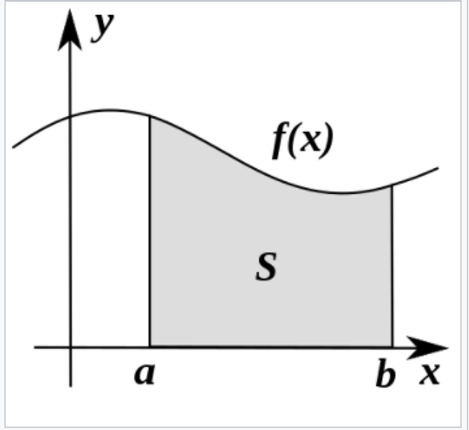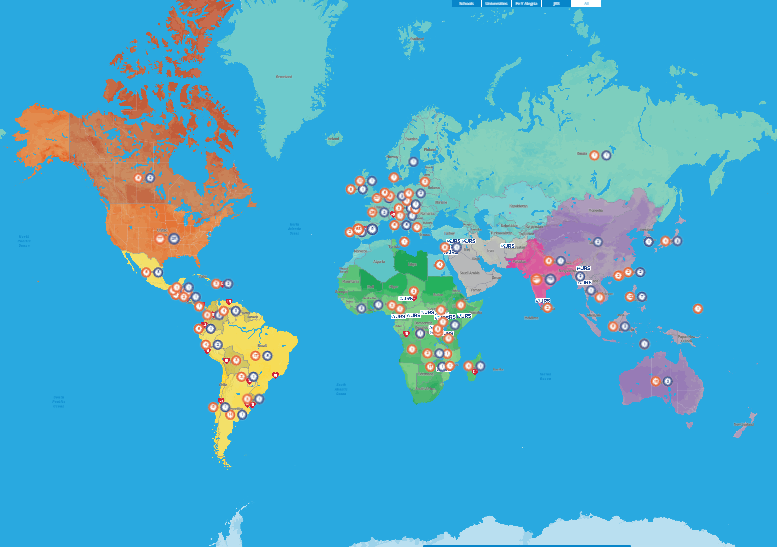<A>
D'Alembert (least action): *
D'Alembert's principle (aka Lagrange–d'Alembert principle), a statement of the fundamental classical laws of motion, discovered by D’Alembert, an extension of the principle of virtual work from static to dynamical systems. D'Alembert separates the total forces acting on a system to forces of inertia (due to the motion of a non-inertial reference frame, now known as fictitious forces) & impressed (all other forces). It means any system of forces is in equilibrium if impressed forces are added to the inertial forces & shows that in the totality of a dynamic system the forces of constraint vanish. The generalized forces need not include constraint forces; the principle is equivalent to the somewhat more cumbersome Gauss's principle of least constraint.
The principle of least action (more accurately, principle of stationary action) a variational principle when applied to a mechanical system used to obtain the equations of motion; historically called "least" as its solution requires finding the path of motion in space that has the least value. It can be used to derive Newtonian, Lagrangian and Hamiltonian equations of motion, and even general relativity. Least action in physics parlance is a simple idea with far reaching consequences; it states that Nature always finds the most efficient course when moving from one point to another. It may be hardwired into number & the laws of Physics in a way that still remain unfathomed. Its effects are well documented in experiments - the orbits of planets) or the path of a photon of light, the path of a thrown ball (see below). All will follow their own volition, which is the path of least action or the path in which the total energy required to get from A to B is minimized.

<B>
Jesuit style (architecture, physics, mathematics): *
Vignola directed the building of Il Gesu in Rome until his death in 1573 when della Porto took over; the facade & vault were finished in 1577 & the church was completed in 1584. Its design was the most influential church constructed by the Jesuits, setting a pattern for Jesuit churches that lasted into the 20th century. The interior, designed by Vignola &reflecting the Council of Trent & Charles Borromeo, adopted a simple approach (single aisle, no narthex, small transepts). The façade was designed by della Porto (not Vignola) & consists of repeating triangular and semi-circular pediments above doors, niches & overall. The top pediment is the largest & broken, extending into space beyond the flat plane of the facede. It is supported by 8 Corinthian pilasters separating 3 bays. Large volutes flank each side of the second level. The bottom tier has an arched pediment surrounding a triangular pediment & repeats the Corinthian pilasters but has 2 engaged columns framing the main entrance (for a total of 12 vertical elements). It reflects a dynamically fused tension bound by its strong vertical elements & contrasts the balanced architecture of the Renaissance.
LEFT:
The facade of the Il Gesu (the Jesuit Church) is full of dynamic curves as illustrated in yellow highlight
RIGHT:
Image 1: Differentiation- derivative- approximates the slope of a curve as the interval approaches zero
Image 2: Integration - integral as the area of a region under a curve (S = ∫abf(x)dx, where y=f(x))



The Jesuits were a global phenomenon. After training & experience, Jesuits went across the globe in search of converts to Christianity. Their missionary work was long range, across the known world.
In Asia: Francis Xavier, an original companion of Loyola, arrived in Goa, in Portuguese India, in 1541 to begin evangelical service there. Under Portuguese royal patronage, Jesuits thrived in Goa and successfully expanded their activities to education and healthcare. In 1594 they founded the first Roman-style academic institution in the East, St. Paul Jesuit College in Macau, China. The first attempt by the Jesuits to reach China was made in 1552 by Xavier; in 1582, Jesuits again initiated mission work in China, led by the Italian Matteo Ricci, introducing Western science, mathematics, astronomy, and visual arts to the Chinese imperial court, and carrying on significant inter-cultural and philosophical dialogue with Chinese scholars, particularly with representatives of Confucianism. From 1552 to 1800, a total of 920 Jesuits (mostly Portuguese & French) participated in the China mission, and in 1844 China had 240,000 Roman Catholics. By 1901 this figure had reached 720,490. The Portuguese Jesuit António de Andrade founded a mission in Western Tibet in 1624; later they penetrated further into Tibet; Jesuit missionaries learned the Tibetan language and culture, writing a long & detailed account of the country, its religion & treatises in Tibetan attempting to refute key Buddhist ideas & establish the truth of Catholic Christianity. In the Philippines Jesuit missions were especially successful. In Japan in 1580 the government granted Jesuits the feudal fiefdom of Nagasaki. However success here did not last.
In the Americas: During the French colonisation of New France (Canada) in the 17th century the initial missionary work was done by the Franciscan Champlain,. He believed that the native Indians had souls & in 1614 invited the Franciscans to Quebec. In 1624 they realized the magnitude of their task & invited the Jesuits to help. The invitation was accepted & 3 Jesuit missionaries arrived in Quebec in 1625. In Latin America the Jesuit had great success. Their ascendancy in South American societies accelerated in the 17th century, when Jesuits created new missions in Peru, Colombia, and Bolivia; as early as 1603, there were 345 Jesuit priests in Mexico alone.
In Africa: The first Jesuit contact with Africa was made in 1541 when Xavier, Camerino & Mancillhas stopped on the island of Mozambique while on their way to India. Permanent missions were opened in Algeria, Congo & Angola in 1548. After 1561, the Congo-Angola mission (championed by Portuguese Jesuits) expanded significantly a& counted among its works several churches and schools. The Mozambique-Zimbabwe region received Jesuits fairly early. Gonçalo da Silveira, a Portuguese Jesuit, was the first European to penetrate the interior of this region. He was martyred in 1561, but later Jesuits founded another mission that lasted there for nearly 200 years. In Ethiopia Jesuits began missionary work in 1555, facing opposition from the Ethiopian Orthodox Church. This work finally ended in 1632. The Spanish Jesuit Pedro Páez was the driving force in this mission & was the first European to see and describe the sources of the Blue Nile.
The map below shows the legacy of Jesuit missions from the 16th century onwards. Their impact, with churches, schools & universities was global. Although they did not maintain their position in many areas of Asia (especially China) they had a massive impact on the Americas, the Philippines, Africa & India.
